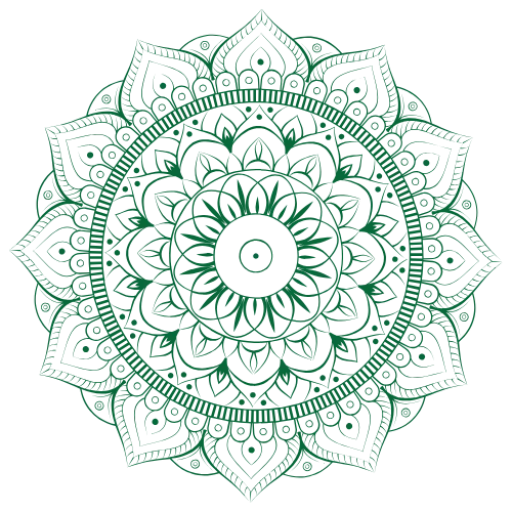
Explore the koshas!
When you go hiking in the Himalayan Mountains, you need a topography map showing the mountainous terrain. In Delhi City, you need to know the city blocks and major sites to orient yourself. Within yoga, a different guide is needed -one that charts the landscape of the Self-.
The Koshas “layers” or “sheaths,” make up one such map, charted by yogic sages some 3,000 years ago in the Upanishads. It is said that the kosha model navigates an inner journey—starting from the periphery of the body and moving towards the core of the self: the embodied soul. The koshas are both a practical and profound contemplative tool that can help you deepen your yoga practice and the quality of your participation in life. You can use the kosha map the same way that you would when you travel. When you are in a discomfort of a pose or remark a chatter of the mind you will find that you have been there before. This makes it easier to find your final destination, the anandamaya kosha, the body of bliss.
According to the map of the koshas, we are composed of five layers, sheaths, or bodies. Like Russian dolls, each metaphorical “body” is contained within the next:
annamaya kosha—the physical body; (BODY – sensations)
pranamaya kosha—the breath or life-force body; (LIFE)
manomaya kosha—the mental body; (MIND – corresponds with the nervous system)
vijanamaya kosha—the wisdom body; (PSYCHE)
anandamaya kosha—the bliss body. (SELF- ATMAN)
Although you can find physiological parallels to the koshas, like the nervous system and the mental body, they aren’t an anatomical model of layers of the body. Instead, the koshas can help describe what it feels like to do yoga from the inside. 🙂
For most of us, our yoga practice is devoted to learning how to get the flow of the first three layers happening. Observation of how these three layers interact in your practice will also help in the flow of your daily life. A helpful breathing technique during yoga practise can be ujjayi breathing. Drawing the breath over the back of the throat helps to focus the mind and coordinate your movements within and between the asanas (yoga postures).
Annamaya kosha
In your yoga practice, a lot of time is spent exploring your physical body. You become aware of the entire field of your body from head to toe. Also you get more conscious the little crevices that are highlighted through yoga postures, such as the arches of your feet and the side ribs. When you learn how to align your joints, bones, and spine, engage your muscles, sense your skin, and even become aware of what is happening to your organs and endocrine system within the poses, you’re harmonizing the first kosha.
Pranamaya kosha
When you start to know where you are in your physical body through the alignment of the poses ; you will have more freedom to explore your breath. To experience the pranamaya kosha, contemplate the reality of how your next inhalation literally circulates through your entire body through the oxygen in your bloodstream. On a physiological level, the layer of prana refers to your circulatory and respiratory systems—the rivers of life flowing in you—as well as to the flow of feelings in your body.
Manomaya kosha
This third layer, the manomaya kosha, corresponds to your nervous system and expresses itself as waves of thought or awareness. By shifting to deep, slow, and rhythmic breathing in your yoga practice, you are becoming conscious of and affecting the pranamaya’s kosha. As you increase the amount of oxygen in your body, this pranic body starts to come alive. The coordination of your inhalation and exhalation with the movements of your physical body is one of the ways in which the physical body and breath body become synchronised with the mental body (concentration and awareness).

Acknowledgement:
Prana and pranayama, Swami Niranjananda Saraswati, Yoga Publications Trust, Munger, Bihar, India
Four chapters on freedom, Swami Satyananada saraswati, Yoga publications Trust, Munger, Bihar India
Hatha Yoga Pradipika, Swami Muktbodhananda, Yoga publications Trust Munger, Bihar, India
www.wikipedia.nl
Picture: www.fernatjiha.com / www.panchakosha.com
Address: Parimukti Yoga Center, Kanira Homes,
Girkarwaddo, End of Magic Park Road,
Arambol, 403524,
Goa, India
Phone: +919637521278
Email: info@parimukti.com
Website: https://parimukti.com/
Yin Yoga Training Goa | 200 Hour Yoga Teacher Training Goa | Meditation Teacher Training Goa
